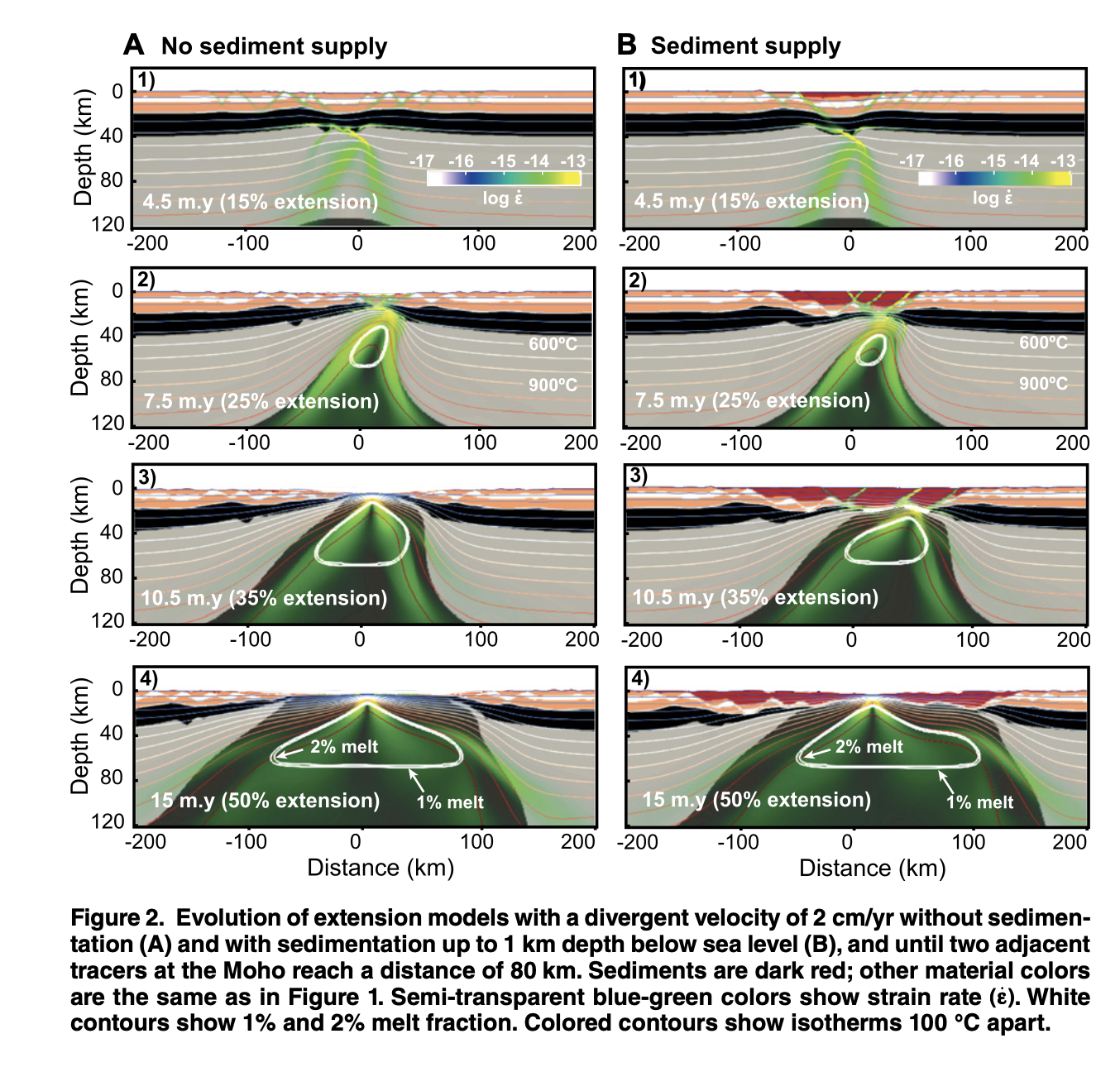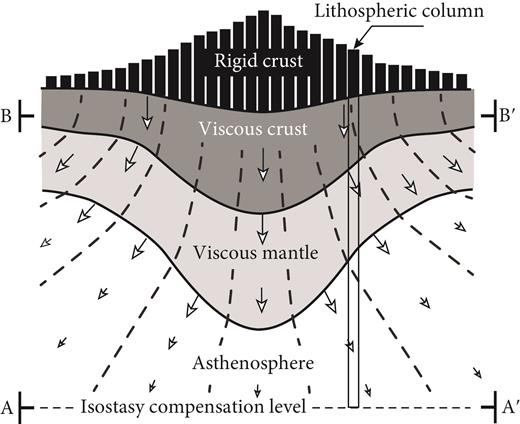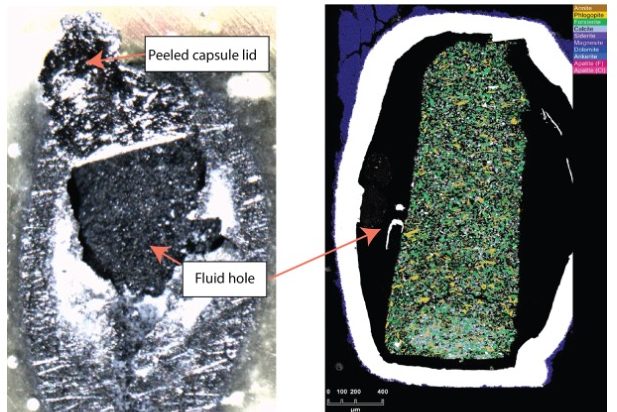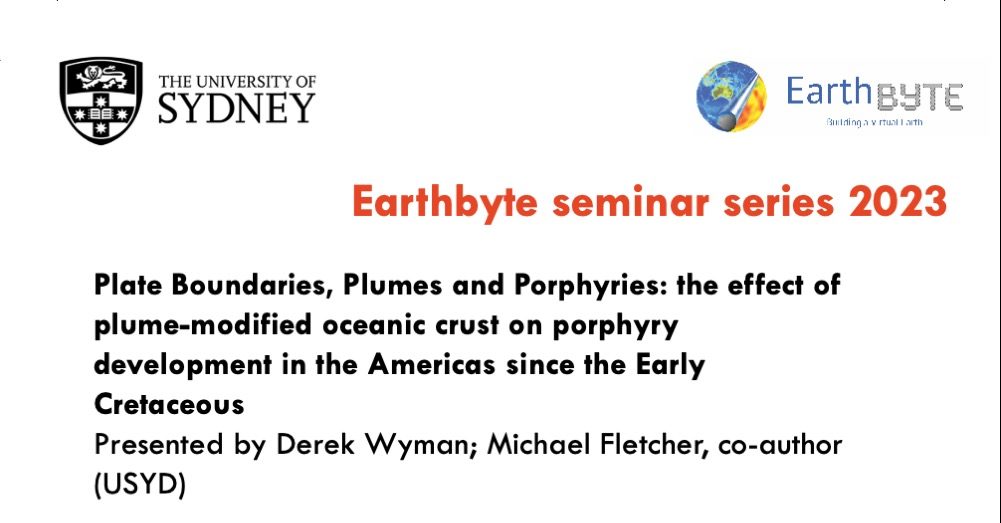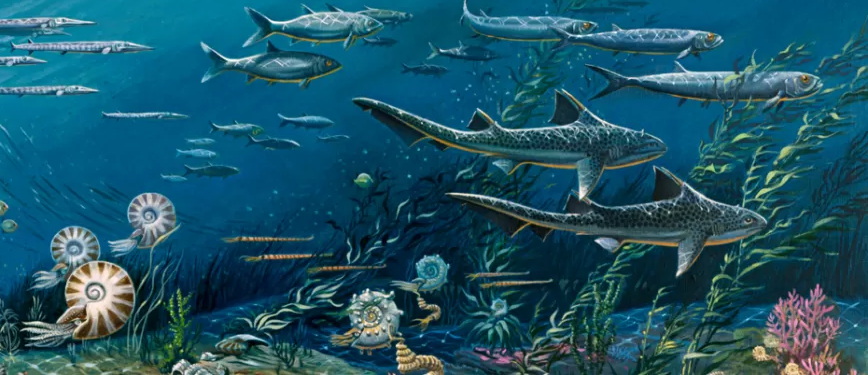Join us for an exciting talk by Luke Daly, a planetary geoscientist at the University of Glasgow, as he takes us on a journey through the geological history of a Martian volcano. Using correlative microscopy, Luke has been able to uncover the complex geological history of a group of Martian meteorites known as the Nakhlites, and has used this information to predict the geomorphology of the landscape around the launch crater.
In this talk, Luke will share his insights into the evolution of Mars and the Solar System as a whole, and how his research is informing remote sensing exploration to finally locate the source of the Nakhlite meteorites on Mars.
The talk will take place on March 15th at 11:00 am AEDT, in Madsen Building Room 331, School of Geosciences, University of Sydney and will be live-streamed via Zoom for those who are unable to attend in person. This is an excellent opportunity to learn from Luke and gain insights into the mysteries of our Solar System.
To register for the talk, please visit https://www.eventbrite.com.au/e/earthbyte-seminar-series-tickets-565834575447?keep_tld=1
We look forward to seeing you there! For more information, see the details below. See you there!
… Read more…




